Tornado Damage Classification
Wind: 40-72 miles per hour (mph)
Light Damage: Some chimneys damaged, twigs and branches
broken off trees, shallow-rooted trees pushed over, signboards damages,
some windows broken
F1--Weak
Wind: 73-112 mph
Moderate Damage: Surface of roofs peeled off, mobile
homes pushed off foundations or overturned, outbuildings demolished,
moving autos pushed off the roads, trees snapped or broken; beginning of
hurricane-speed
winds
Wind: 113-157 mph
Considerable Damage: Roofs torn off frame houses, mobile
homes demolished, frame houses with weak foundations lifted and moved,
large trees snapped or uprooted, light-object missiles generated
F3--Strong
Wind: 158-206 mph
Severe Damage: Roofs and some walls torn off
well-constructed houses; trains overturned; most trees in forecast
uprooted, heavy cars lifted off the ground and thrown, weak pavement
blown off the roads
Wind: 207-260 mph
Devastating Damage: Well-constructed houses leveled,
structures with weak foundations blown off the distance, cars thrown and
disintegrated, trees in forest uprooted and carried some distance away
F5--Violent
Wind: 261-318 mph
Incredible Damage: Strong frame houses lifted off
foundations and carried considerable distance to disintegrate,
automobile-sized missiles fly through the air in excess of 300 feet,
trees debarked, incredible phonomena will occur
You might also be interested in:

How did life evolve on Earth? The answer to this question can help us understand our past and prepare for our future. Although evolution provides credible and reliable answers, polls show that many people turn away from science, seeking other explanations with which they are more comfortable.
...more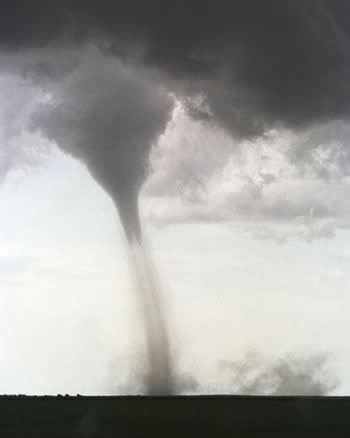
Tornadoes have three sizes. The size of the tornado shows how big the tornado is and how long it will live. A weak tornado is the most common size of tornadoes. These tornadoes last for a very short time.
...more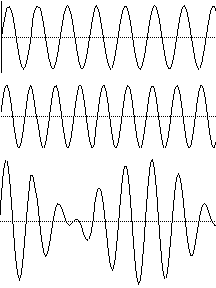
Sound travels in waves. When the waves hit your ear, you hear a sound. Have you ever noticed the waves in the ocean? They go up and down, up and down. Sound waves act the same way. The number of times
...more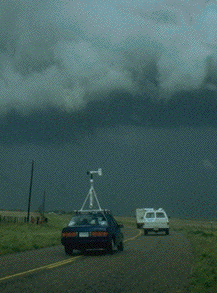
Storm chasers are different than storm spotters. Chasers travel around Tornado Alley looking for severe storms and tornadoes. Sometime there are dozens of chasers following the same storm. All kinds of
...more
A tornado is the most destructive natural storm. You might think that this also means that tornadoes are the strongest storms; that's not the case. In fact, a thunderstorm which produces a tornado can
...more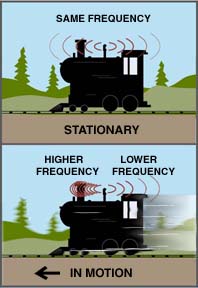
The Doppler effect was named after Christian Doppler, who first came up with the idea in 1842. He learned that sound waves would be pushed closer together if the source of the sound was moving toward you.
...more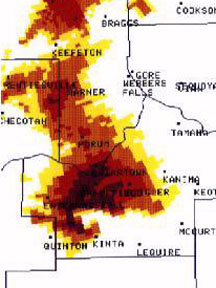
Tornadoes are hard to forecast. They don't last very long so there's not much time to figure out what's happening. Also, scientists don't really know how they form. They know what the weather's like when
...more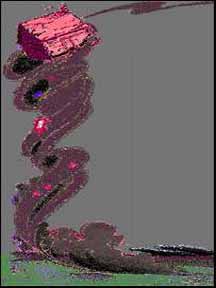
Has someone told you to open your windows during a tornado? Or has someone told you that you don't have to worry about tornadoes because the place where you live is protected? These are two of the most
...more














